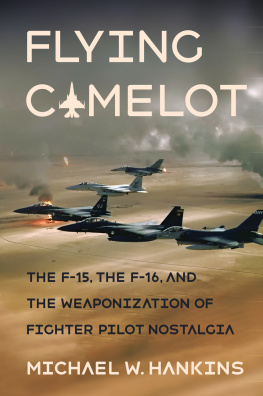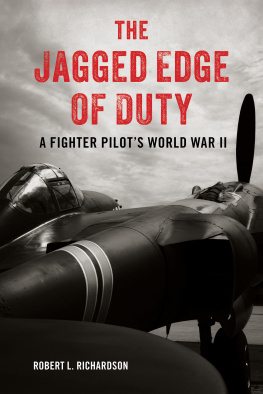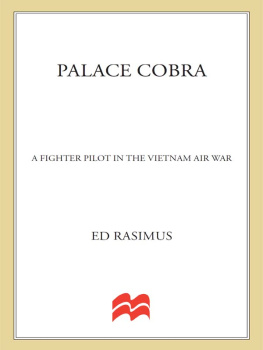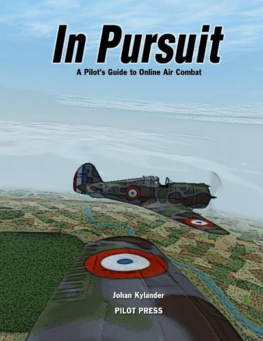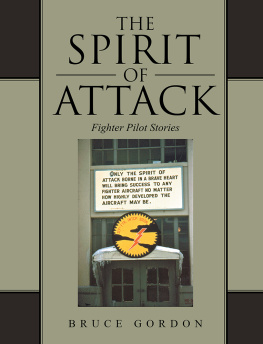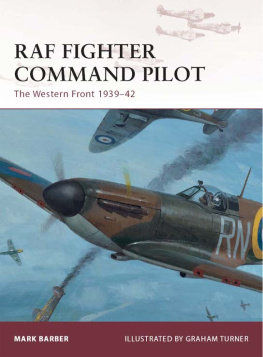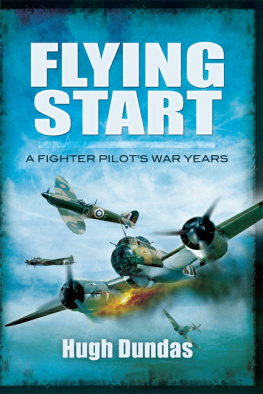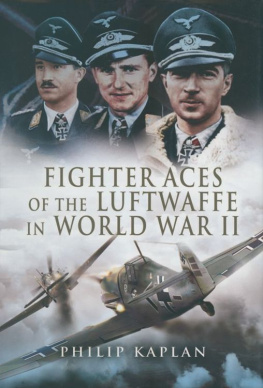Michael W. Hankins - Flying Camelot: The F-15, the F-16, and the Weaponization of Fighter Pilot Nostalgia
Here you can read online Michael W. Hankins - Flying Camelot: The F-15, the F-16, and the Weaponization of Fighter Pilot Nostalgia full text of the book (entire story) in english for free. Download pdf and epub, get meaning, cover and reviews about this ebook. City: Ithaca, year: 2021, publisher: Cornell University Press, genre: History. Description of the work, (preface) as well as reviews are available. Best literature library LitArk.com created for fans of good reading and offers a wide selection of genres:
Romance novel
Science fiction
Adventure
Detective
Science
History
Home and family
Prose
Art
Politics
Computer
Non-fiction
Religion
Business
Children
Humor
Choose a favorite category and find really read worthwhile books. Enjoy immersion in the world of imagination, feel the emotions of the characters or learn something new for yourself, make an fascinating discovery.
- Book:Flying Camelot: The F-15, the F-16, and the Weaponization of Fighter Pilot Nostalgia
- Author:
- Publisher:Cornell University Press
- Genre:
- Year:2021
- City:Ithaca
- Rating:5 / 5
- Favourites:Add to favourites
- Your mark:
Flying Camelot: The F-15, the F-16, and the Weaponization of Fighter Pilot Nostalgia: summary, description and annotation
We offer to read an annotation, description, summary or preface (depends on what the author of the book "Flying Camelot: The F-15, the F-16, and the Weaponization of Fighter Pilot Nostalgia" wrote himself). If you haven't found the necessary information about the book — write in the comments, we will try to find it.
Flying Camelotbrings us back to the post-Vietnam era, when the US Air Force launched two new, state-of-the art fighter aircraft: the F-15 Eagle and the F-16 Fighting Falcon. It was an era when debates about aircraft superiority went publicand these were not uncontested discussions. Michael W. Hankins delves deep into the fighter pilot culture that gave rise to both designs, showing how a small but vocal group of pilots, engineers, and analysts in the Department of Defense weaponized their own culture to affect technological development and larger political change.
The design and advancement of the F-15 and F-16 reflected this groups nostalgic desire to recapture the best of World War I air combat. Known as the Fighter Mafia, and later growing into the media savvy political powerhouse Reform Movement, it believed that American weapons systems were too complicated and expensive, and thus vulnerable. The groups leader was Colonel John Boyd, a contentious former fighter pilot heralded as a messianic figure by many in its ranks. He and his group advocated for a shift in focus from the multi-role interceptors the Air Force had designed in the early Cold War towards specialized air-to-air combat dogfighters. Their influence stretched beyond design and into larger politicized debates about US national security, debates that still resonate today.
A biography of fighter pilot culture and the nostalgia that drove decision-making, Flying Camelot deftly engages both popular culture and archives to animate the movement that shook the foundations of the Pentagon and Congress.
Michael W. Hankins: author's other books
Who wrote Flying Camelot: The F-15, the F-16, and the Weaponization of Fighter Pilot Nostalgia? Find out the surname, the name of the author of the book and a list of all author's works by series.

